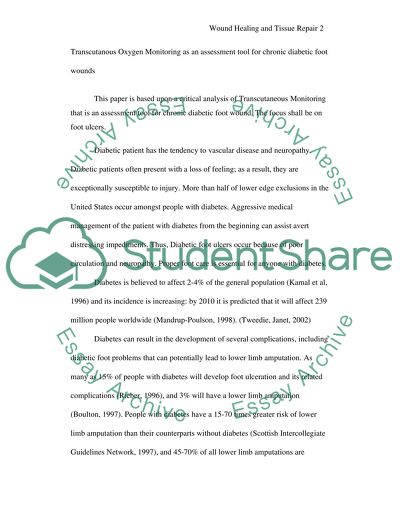Cite this document
(“Transcutaneous Oxygen Monitoring as an assessment tool for chronic Essay”, n.d.)
Transcutaneous Oxygen Monitoring as an assessment tool for chronic Essay. Retrieved from https://studentshare.org/health-sciences-medicine/1504275-transcutaneous-oxygen-monitoring-as-an-assessment-tool-for-chronic-diabetic-foot-wounds
Transcutaneous Oxygen Monitoring as an assessment tool for chronic Essay. Retrieved from https://studentshare.org/health-sciences-medicine/1504275-transcutaneous-oxygen-monitoring-as-an-assessment-tool-for-chronic-diabetic-foot-wounds
(Transcutaneous Oxygen Monitoring As an Assessment Tool for Chronic Essay)
Transcutaneous Oxygen Monitoring As an Assessment Tool for Chronic Essay. https://studentshare.org/health-sciences-medicine/1504275-transcutaneous-oxygen-monitoring-as-an-assessment-tool-for-chronic-diabetic-foot-wounds.
Transcutaneous Oxygen Monitoring As an Assessment Tool for Chronic Essay. https://studentshare.org/health-sciences-medicine/1504275-transcutaneous-oxygen-monitoring-as-an-assessment-tool-for-chronic-diabetic-foot-wounds.
“Transcutaneous Oxygen Monitoring As an Assessment Tool for Chronic Essay”, n.d. https://studentshare.org/health-sciences-medicine/1504275-transcutaneous-oxygen-monitoring-as-an-assessment-tool-for-chronic-diabetic-foot-wounds.


